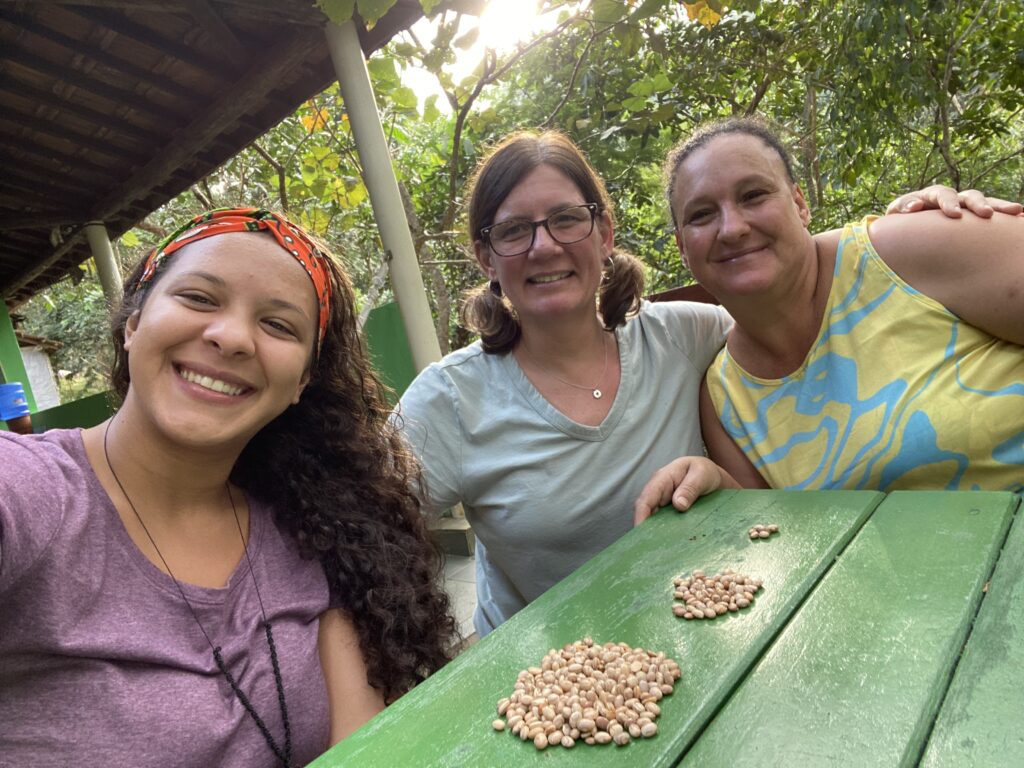by Anita Deeg-Carlin, Director of Intercultural Learning
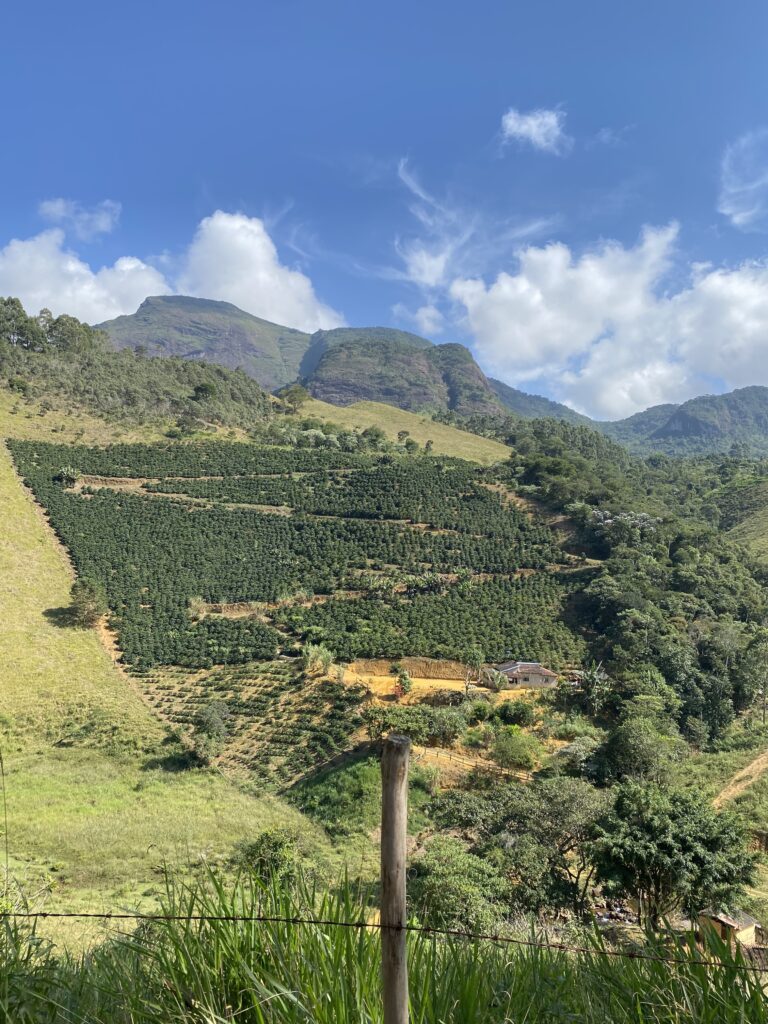
Iracambí, in the state of Minas Gerais, Brazil, is a rainforest research center that is becoming steadily more familiar to our community as Wes students spend their summers interning there. Minas Gerais literally translates to “General Mines” and is an area historically known and mined for its mineral wealth. Although I’d never visited the center myself, I’ve been dutifully sending students there for about a decade now – the past two years since I returned to Wesleyan, and several years before that at my previous institution. I’d met co-founder Binka LeBreton in the past, and was instantly sold on her keen, informed, dynamic, and passionate accounts about the non-profit she and her husband have been running for over twenty years. Students returning from the site are visibly transformed, though they often find their experience challenging to put into words. There’s a bit of rainforest magic involved, no doubt.
Earlier this month, the stars finally aligned, and I had the opportunity to visit the site myself. Iracambí and Wesleyan are exploring signing an MOU, so I’d like to share what I learned with our community. When Robin (originally from Kenya) and Binka LeBreton (British-ish) first purchased the parcel of land that Iracambí is located on, they already had successful global careers behind them, working for the World Bank and writing books on sustainability issues. Robin had a degree in law from Oxford, Binka had studied classical music. They came to Brazil to see if all the high-level influence they had had actually worked on the ground. Can the rainforests of the planet be saved? Not surprisingly, the question is incredibly complicated to answer.
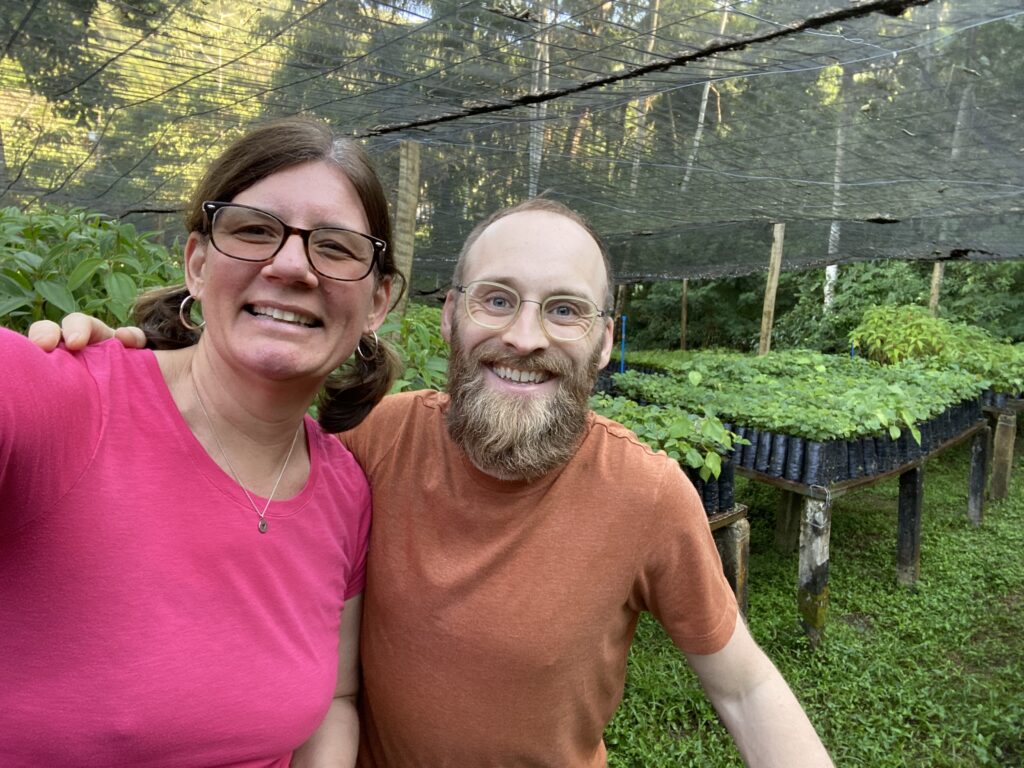
Today, Iracambí hosts researchers and volunteers from around the world who study and engage in all aspects of conservation ecology on site while staying in the center’s cabins and enjoying the friendly company and support of the local staff. Simon, a British guy who’s traveling for 9 months between jobs, is interested in the agroforestry projects and accompanies Luiz, head of agroforestry, on field excursions. Simon is super friendly and open, and also serves as a “tree” when necessary for Esther, Gaia, and Paola – the three butterfly researchers from the University of Bologna. Whenever the Italian researchers venture out to a treeless site to set up their research equipment, Simon helps hold things in place. Luciana and Larissa trade off daily as the center’s cooks; they both live locally and cultivate coffee for cash. Fran and Deivid run the tree nursery and Valdeir runs operations. Dayana runs a phenomenal environmental education program with regional schools, and the magnificent Gabi connects all the visitors to the different opportunities as volunteer/research coordinator. All truly lovely folks with generous laughs, patient mastery of google translate, and genuine affection for their guests.
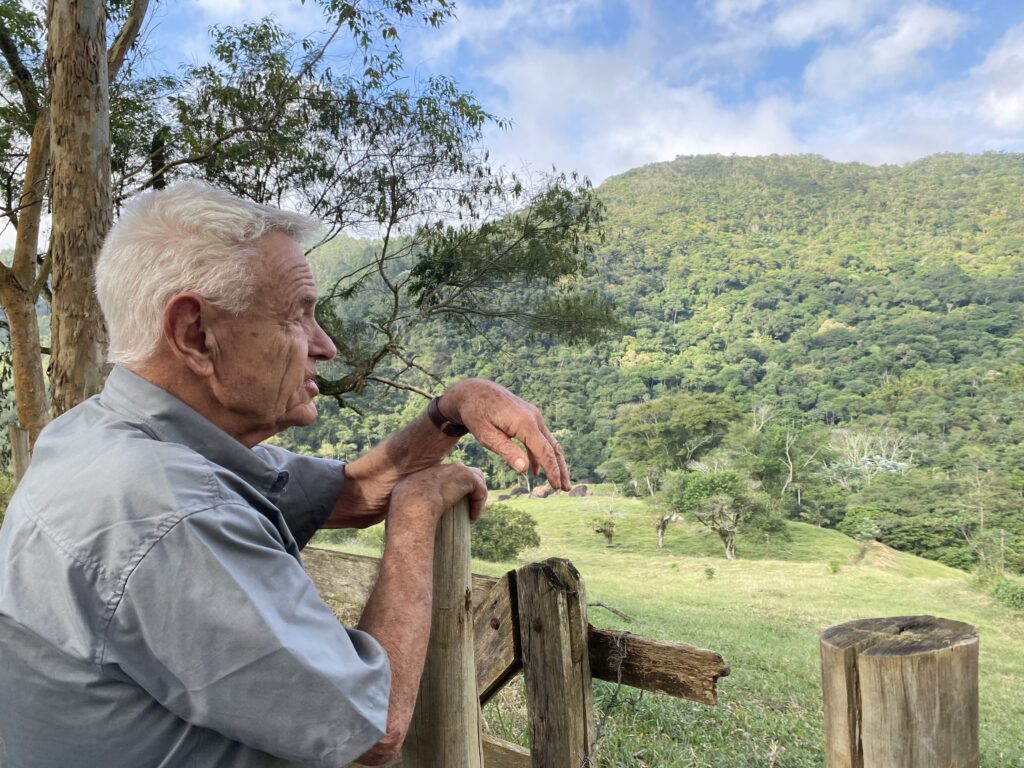
After my third breakfast of delicious “crepioca” (a crepe made of the ubiquitous tapioca mixed with eggs and slathered in local jam), I headed off for a “Robin tour”. Robin, an octogenarian who has lived and worked on 5 continents, can read land like no one I’ve ever met. He takes me over the hills in his Land Rover, explains the eucalyptus plantations used for the charcoal business, the different styles of coffee farming, the patches of reforested areas. He explains the complexity of reforesting – “If I want to create a wildlife corridor, do I ask the landowner to plant up on the ridge for the pumas and jaguars, or down along the valley for the bats? If I can’t do both, which do I choose?” Also, the economic realities – “Which farmer will give up a square meter presently occupied by a cash-delivering coffee tree to plant a rainforest species which will need care, maintenance, and a decade to grow?” We come by a road cut and he stops the car, points to some streaks of white and brown in the otherwise red rainforest soil. Bauxite, he points, the danger of its presence menacingly obvious.
Later that day, I meet with Luciana and she shares that earlier that week, two guys barged onto her property unannounced and without even knocking at the gate – prospecting for bauxite. Carla, the glorious medicinal herb lady, had a similar story – her 10 dogs were going crazy when she also noticed two guys roaming around her property, unannounced and uninvited. She chased them away. Miners. Bauxite is the key ingredient in aluminum, useful in electronics, and other applications. An enormous market. Where should it come from? The mineral rich areas of the developing world, just like copper, silver, mica, etc.
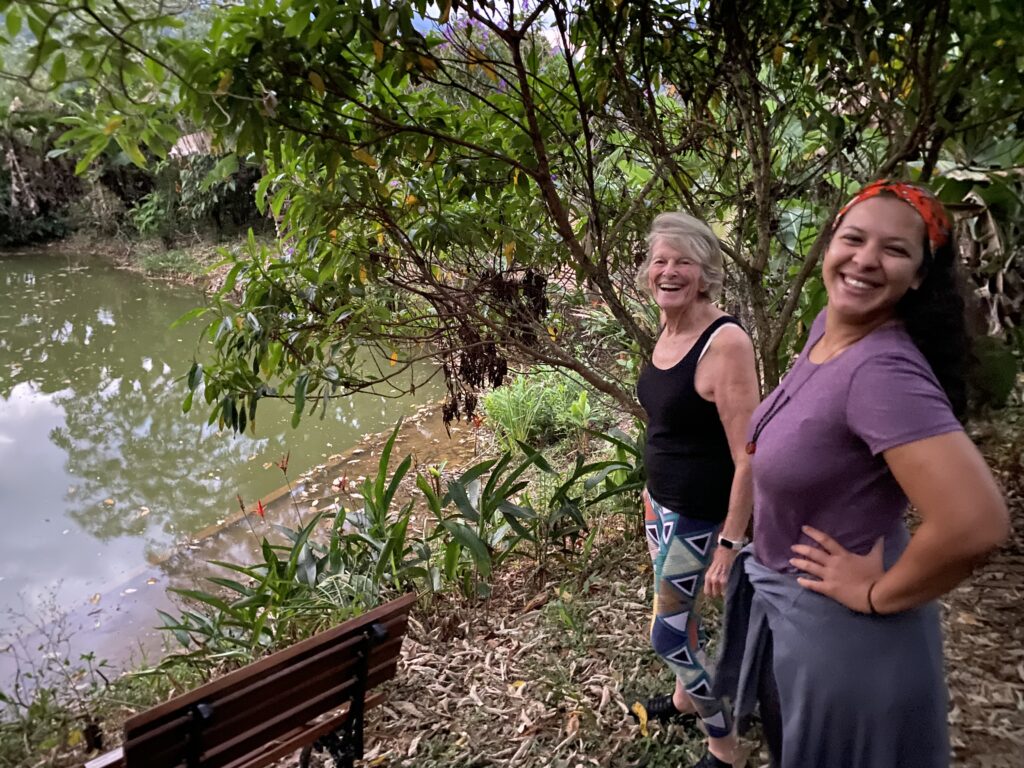
Our Wesleyan students will be up there soon, passionate about the environment and reforesting. But back home, we use electronics and aluminum products with little thought, driving those miners to destroy it all. Bauxite mining requires huge dump trucks to basically dig up earth, and carry it down stream to a washing station. The soil is stored in an earth dam which occasionally bursts, causing huge damage. The bauxite is trucked hundreds of kilometers to São Paulo state to be processed into aluminum and later into some of the products that we use daily. The coffee plantation a family depended on for generations, habitat for already stressed animals, and the painstakingly restored forest, gone forever. As Director for Intercultural Learning, I often talk about positionality and voice. Wesleyan is in a position as a leading institution of higher education to sign an MOU with Iracambí, allowing them to apply for grants to support their work. Luciana’s and Carla’s voices? Our students can amplify them by learning what it’s like on the ground for the countless unfortunate families who find themselves caught trying to make a living in the middle of extreme tension – on the one hand, the world’s hunger for rain, oxygen, pharmaceuticals and on the other, the opposing hunger for the precious minerals that our lifestyles churn through at unstoppable speed. Through this immersive experience, I look forward to watching our students incorporate these realities into their choices and further studies back on campus. The effects of our lifestyles may touch down many miles away, but just like boomerangs, they make their way back to us. Loss of rainforest and arable land causes climate change, forced migration, and affects us all. May the voices of those who live closest to the earth guide us all into our collective future.
